

Articles
How To Store Homemade Pies
Modified: August 19, 2024
Learn how to properly store your homemade pies to keep them fresh and delicious for longer. Read our articles for valuable tips and advice.
(Many of the links in this article redirect to a specific reviewed product. Your purchase of these products through affiliate links helps to generate commission for Storables.com, at no extra cost. Learn more)
Introduction
There’s nothing quite like the satisfaction of baking a homemade pie from scratch. The delicious aroma that fills the kitchen, the golden-brown crust perfectly cradling a luscious filling of fruits or creamy custard – it’s a labor of love that deserves to be savored and enjoyed for as long as possible. But what do you do when you find yourself with leftover pie or want to make a batch ahead of time for convenience? Fear not, because in this article, we will explore the best methods for storing your homemade pies to ensure they stay fresh, flavorful, and ready to devour whenever you desire.
Key Takeaways:
- Properly storing homemade pies is crucial for maintaining their freshness and flavor. Whether freezing, refrigerating, or storing at room temperature, following the right techniques and packaging options ensures your pies remain delicious for longer periods.
- Extending the shelf life of homemade pies involves proper wrapping, labeling, and minimizing exposure to air. By following these tips and techniques, you can enjoy your beloved pies at their best, whether it’s a warm slice straight from the oven or a convenient treat from the freezer.
Read more: How To Store Homemade Apple Pie
Tools and Ingredients Needed
Before diving into the various methods of storing homemade pies, it’s important to gather the necessary tools and ingredients to ensure success. Here’s a list of what you’ll need:
1. Pie plates: Choose sturdy, oven-safe pie plates in the size appropriate for your pie recipe. Glass or metal pie plates work well.
2. Baking supplies: You’ll need basic baking supplies like measuring cups and spoons, mixing bowls, a rolling pin, and a pastry brush for glazing the pie crust.
3. Ingredients: Gather all the ingredients required for your specific pie recipe, whether it’s a fruit pie with fresh fruits, a custard pie with eggs and milk, or a savory pie with vegetables and meat.
4. Plastic wrap: Plastic wrap is essential for wrapping and covering the pie for storage. Opt for a heavy-duty wrap that creates an airtight seal.
5. Pie containers or freezer-safe bags: If you plan on freezing your pies, invest in pie containers or freezer-safe bags that can accommodate the size of your pies. These containers will help protect the pies from freezer burn and prevent them from getting squished.
6. Labels and markers: Labels and markers are helpful for noting the date of preparation and the type of pie stored. This will make it easier to identify and keep track of your pies in the freezer or refrigerator.
Now that you have all the necessary tools and ingredients at hand, let’s explore how to prepare your pies for storage.
Preparing the Pie for Storage
Before you can store your homemade pie, you need to take a few steps to ensure it’s ready for storage. Here’s how to prepare the pie for optimal storage:
1. Cooling: Allow the pie to cool completely on a wire rack before attempting to store it. This step is crucial, as storing a warm pie can create condensation, leading to a soggy crust.
2. Cutting and portioning: If you want to store individual servings of pie, cut the pie into slices or wedges before storing. This will make it easier to take out servings as needed without thawing the entire pie.
3. Crust protection: To prevent the crust from becoming soft or soggy during storage, consider brushing it with melted butter or egg wash before wrapping. This creates a protective barrier and helps maintain the crispness of the crust.
4. Optional: Pre-baking the crust: If you’re planning to store a pie with a custard or cream filling, pre-baking the crust slightly can help prevent it from becoming too soggy. Blind bake the crust according to your recipe’s instructions before adding the filling and storing.
Once you’ve prepared the pie for storage, it’s time to explore the various wrapping and packaging options available to keep your homemade pie fresh and delicious.
Wrapping and Packaging Options
Proper wrapping and packaging are essential to maintain the quality and freshness of your homemade pies during storage. Here are some effective wrapping and packaging options to consider:
1. Plastic wrap: Plastic wrap is a common and convenient option for wrapping homemade pies. Start by placing the pie on a plate or in a pie container, then tightly wrap it with multiple layers of plastic wrap, ensuring airtight coverage. This helps prevent freezer burn and keeps the pie fresh in the refrigerator or freezer.
2. Aluminum foil: Aluminum foil is another effective option for wrapping pies, especially when storing them in the freezer. Wrap the pie tightly with one or two layers of foil, making sure to cover the entire pie securely. This provides a protective layer and helps maintain the pie’s moisture while preventing freezer burn.
3. Reusable food storage containers: If you prefer to minimize waste and use eco-friendly options, consider investing in reusable food storage containers specifically designed for pies. These containers often have secure lids and can be used in the refrigerator or freezer. Make sure the container is airtight to maintain the freshness of the pie.
4. Freezer-safe bags: For convenience and space-saving, you can place your wrapped pie in a freezer-safe bag, squeezing out any excess air before sealing. This method is ideal for storing individual slices or mini pies. It’s recommended to double-bag the pie for added protection against freezer burn.
Remember to label each wrapped pie with the type of pie, date of preparation, and any special instructions for thawing or reheating. This ensures easy identification and helps you keep track of the pies in your storage. Now that you know how to wrap and package your homemade pies, let’s dive into the different storage methods – freezing, refrigerating, and storing at room temperature.
Freezing Homemade Pies
Freezing is a popular method of preserving homemade pies for extended periods. Follow these steps to freeze your pies effectively:
1. Cool the pie: Allow the pie to cool completely after baking. This helps retain the pie’s texture and prevents excess moisture buildup during freezing.
2. Wrap the pie: Wrap the pie tightly with plastic wrap or aluminum foil, ensuring all edges and gaps are sealed. This step protects the pie from freezer burn and maintains its flavor.
3. Place in a freezer-safe container: If you prefer added protection, place the wrapped pie in a freezer-safe container or bag. This extra layer helps shield the pie from potential damage and freezer odors.
4. Label and date: Don’t forget to label the container or bag with the type of pie and the date it was frozen. This helps you keep track of the storage time and quickly identify the pie you want to thaw later on.
5. Place in the freezer: Put the wrapped and packaged pie in the freezer, making sure it is secure and won’t be squished or damaged by other items. Allow sufficient space around the pie, ensuring proper air circulation.
6. Thawing: When you’re ready to enjoy your frozen pie, transfer it to the refrigerator and let it thaw gradually overnight. This helps retain the pie’s texture and flavor. Avoid thawing at room temperature, as it can lead to a soggy crust.
By properly freezing your homemade pies, you can enjoy them for up to three months without sacrificing their taste or quality. Now, let’s move on to the next storage method – refrigerating homemade pies.
After baking, let the pie cool completely at room temperature before covering and storing in the refrigerator. This will help prevent the crust from becoming soggy.
Read more: How To Store A Pie
Refrigerating Homemade Pies
Refrigerating your homemade pies is an excellent option if you plan to consume them within a few days. Here’s how to properly refrigerate your pies:
1. Cool the pie: Allow the pie to cool completely after baking. This helps prevent condensation and ensures a firm texture.
2. Wrap or cover: To keep the pie fresh and prevent it from drying out, wrap it tightly with plastic wrap or place it in an airtight container.
3. Place on a flat surface: Choose a flat surface in your refrigerator to ensure the pie remains stable and won’t be squished or damaged by other items.
4. Refrigerator shelf life: Most homemade pies can be safely stored in the refrigerator for up to 3-4 days. However, it’s important to note that custard-based pies may have a shorter shelf life due to the perishable nature of their ingredients.
5. Prevent moisture: To minimize moisture buildup, you can place a sheet of parchment paper or a paper towel underneath the pie before storing it in the refrigerator. This helps absorb any excess moisture and prevents the crust from becoming soggy.
When you’re ready to enjoy your refrigerated pie, simply take it out of the refrigerator, remove the wrapping, and let it sit at room temperature for a few minutes to take the chill off. This method is ideal for maintaining the freshness and flavor of your pie in the short term. Now let’s explore the option of storing homemade pies at room temperature.
Storing Homemade Pies at Room Temperature
Storing homemade pies at room temperature is an option if you plan to consume them within a day or two. Here are some tips for storing pies at room temperature:
1. Cool the pie: Allow the pie to cool completely after baking. This step ensures that the pie is set and ready for storage.
2. Cover with a dome or tent: To protect the pie from dust, insects, or drying out, cover it with a pie dome or loosely tent it with aluminum foil or plastic wrap. This helps maintain the pie’s freshness and prevents it from absorbing any odors.
3. Choose your location: Find a cool and dry spot in your kitchen or pantry to store the pie. Avoid areas that receive direct sunlight or near heat sources, as this can cause the pie to spoil or become too soft.
4. Room temperature shelf life: Homemade pies can typically be stored at room temperature for 1-2 days. However, it’s essential to consider the filling and ingredients used in the pie, as some are more perishable than others.
It’s worth noting that storing pies at room temperature carries a higher risk of spoilage compared to refrigeration or freezing. This is due to the potential growth of bacteria in the perishable pie filling. Therefore, it’s crucial to prioritize food safety and consume the pie within the recommended time frame. If unsure, it’s always best to refrigerate or freeze the pie to ensure its longevity and freshness.
Now that we’ve explored the various methods for storing homemade pies, let’s delve into some additional tips to help you extend the shelf life of your beloved creations.
Tips for Extending the Shelf Life of Homemade Pies
To ensure your homemade pies stay fresh and delicious for as long as possible, here are some helpful tips to extend their shelf life:
1. Proper storage: Follow the appropriate storage method based on your needs. If storing for a short period, refrigeration is recommended. For longer periods, freezing is the ideal option.
2. Wrap it well: Whether you’re refrigerating or freezing your pie, make sure it is tightly wrapped with plastic wrap or aluminum foil to prevent air exposure and freezer burn.
3. Label and date: Always label your stored pies with the type of pie and the date of preparation. This helps you keep track of their freshness and easily identify them later on.
4. Minimize exposure to air: When serving individual portions, only thaw or bring out what you need to prevent the entire pie from continuous exposure to air and moisture.
5. Keep away from strong odors: Store your pies away from strong-smelling foods in the refrigerator or freezer to prevent the absorption of unwanted flavors.
6. Do not refreeze: If you’ve thawed a frozen pie, do not refreeze it. Freezing and thawing multiple times can affect the quality and texture of the pie.
7. Reheat properly: When reheating refrigerated or frozen pies, follow the instructions specific to that pie. Some pies may need to be reheated in the oven, while others can be reheated in the microwave. Ensure that the pie is heated thoroughly to eliminate any potential bacteria.
8. Practice food safety: When in doubt about the freshness or safety of a stored pie, it’s best to err on the side of caution and discard it to avoid any potential foodborne illnesses.
By following these tips, you can significantly extend the shelf life of your homemade pies and continue to enjoy their delightful flavors for a longer period. Now that you’re armed with the knowledge of storing and preserving homemade pies, it’s time to put it into practice and indulge in the deliciousness whenever the craving strikes.
Note: It’s important to consult proper food safety guidelines and recommendations from health authorities in your region to ensure the safe storage and consumption of homemade pies.
Keep in mind that while these tips can help preserve the freshness and quality of your homemade pies, it’s always best to use your judgment and trust your senses. If a pie appears or smells spoiled or past its prime, it’s best to discard it to prioritize your health and safety.
Conclusion
Storing homemade pies properly is essential to maintain their flavor, texture, and overall quality. Whether you choose to freeze, refrigerate, or store at room temperature, following the right techniques will ensure that your pies remain fresh and delicious for as long as possible.
Remember to always cool your pies completely before storing them, and use appropriate wrapping and packaging options such as plastic wrap, aluminum foil, or dedicated pie containers. If you plan to freeze your pies, double-check that your chosen containers or bags are freezer-safe to protect them from freezer burn.
Refrigeration is a suitable option if you plan to consume your pies within a few days, while freezing is ideal for longer-term storage. Additionally, storing pies at room temperature is a convenient choice for short-term enjoyment, but keep in mind the shorter shelf life due to the perishable nature of certain fillings.
By following the tips provided in this article, you can extend the shelf life of your homemade pies and ensure they remain fresh and delicious. Proper labeling, minimizing exposure to air, and practicing food safety are crucial aspects of maximizing the lifespan of your pies.
And finally, remember that nothing can replace the joy of baking and savoring a freshly made pie. So, while storing pies is handy for convenience and future enjoyment, don’t forget to indulge in the pleasure of a warm slice straight from the oven whenever possible.
Now you have the knowledge and tools to store your homemade pies with confidence. So go ahead, bake those pies, store them wisely, and enjoy the delightful taste whenever the craving strikes!
Note: It’s important to consult proper food safety guidelines and recommendations from health authorities in your region to ensure the safe storage and consumption of homemade pies.
Frequently Asked Questions about How To Store Homemade Pies
Was this page helpful?
At Storables.com, we guarantee accurate and reliable information. Our content, validated by Expert Board Contributors, is crafted following stringent Editorial Policies. We're committed to providing you with well-researched, expert-backed insights for all your informational needs.
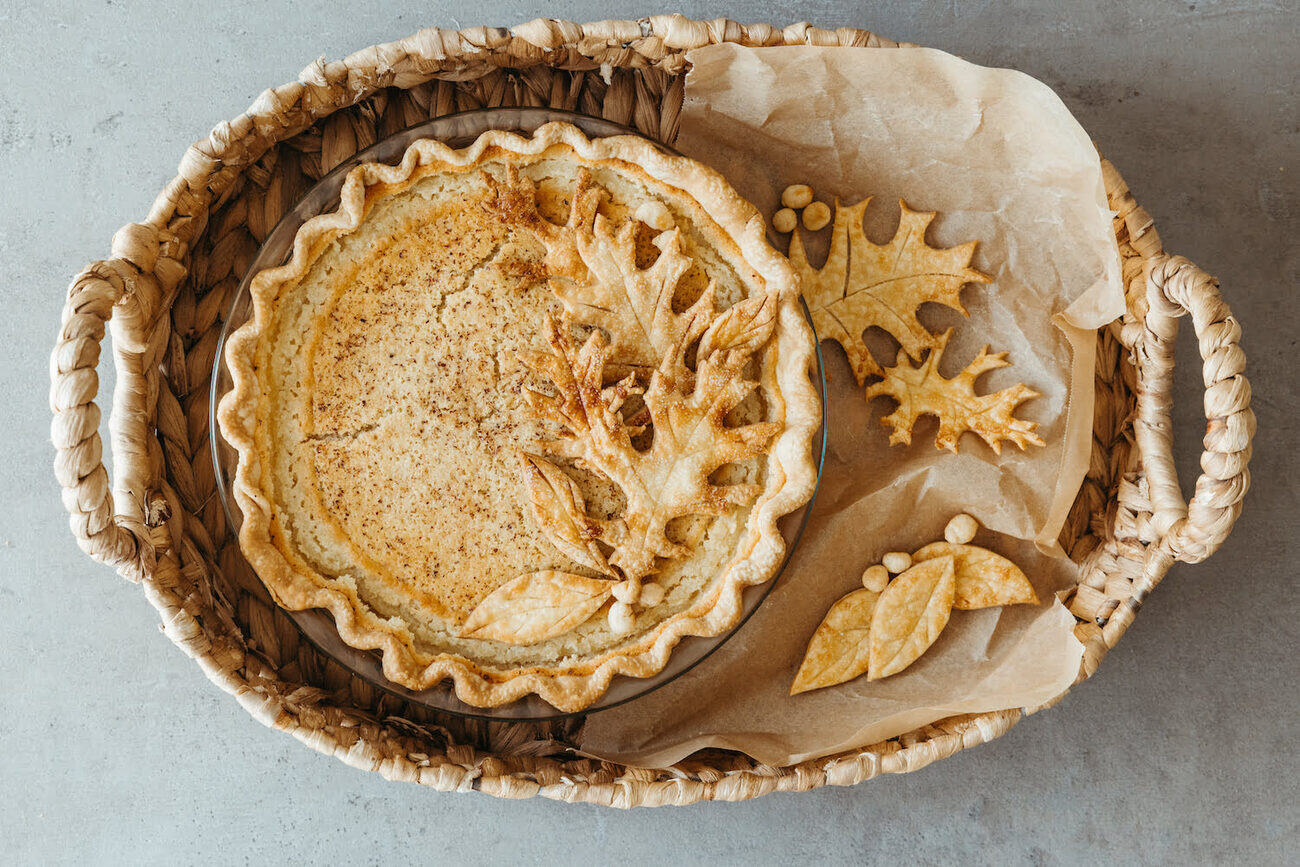
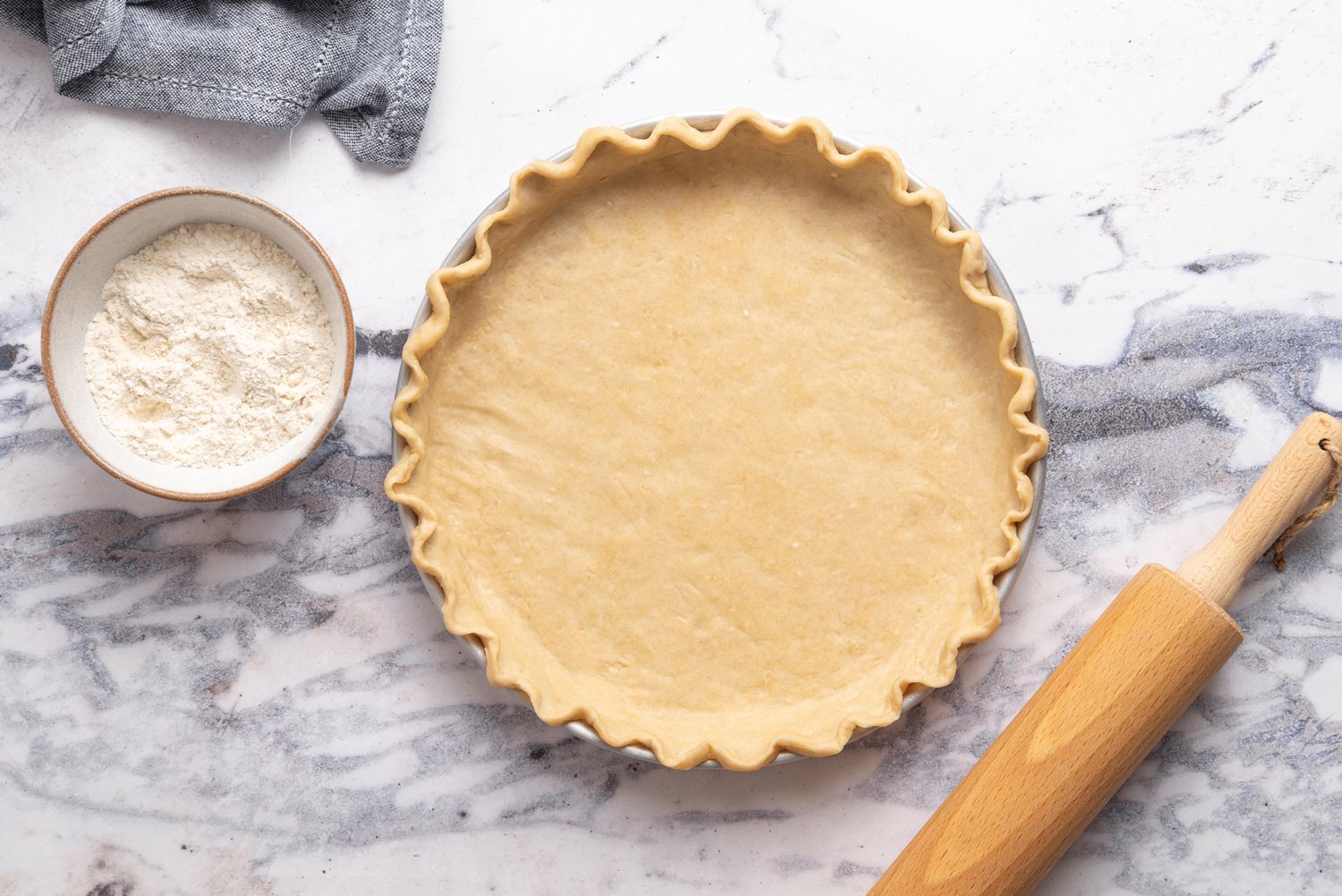
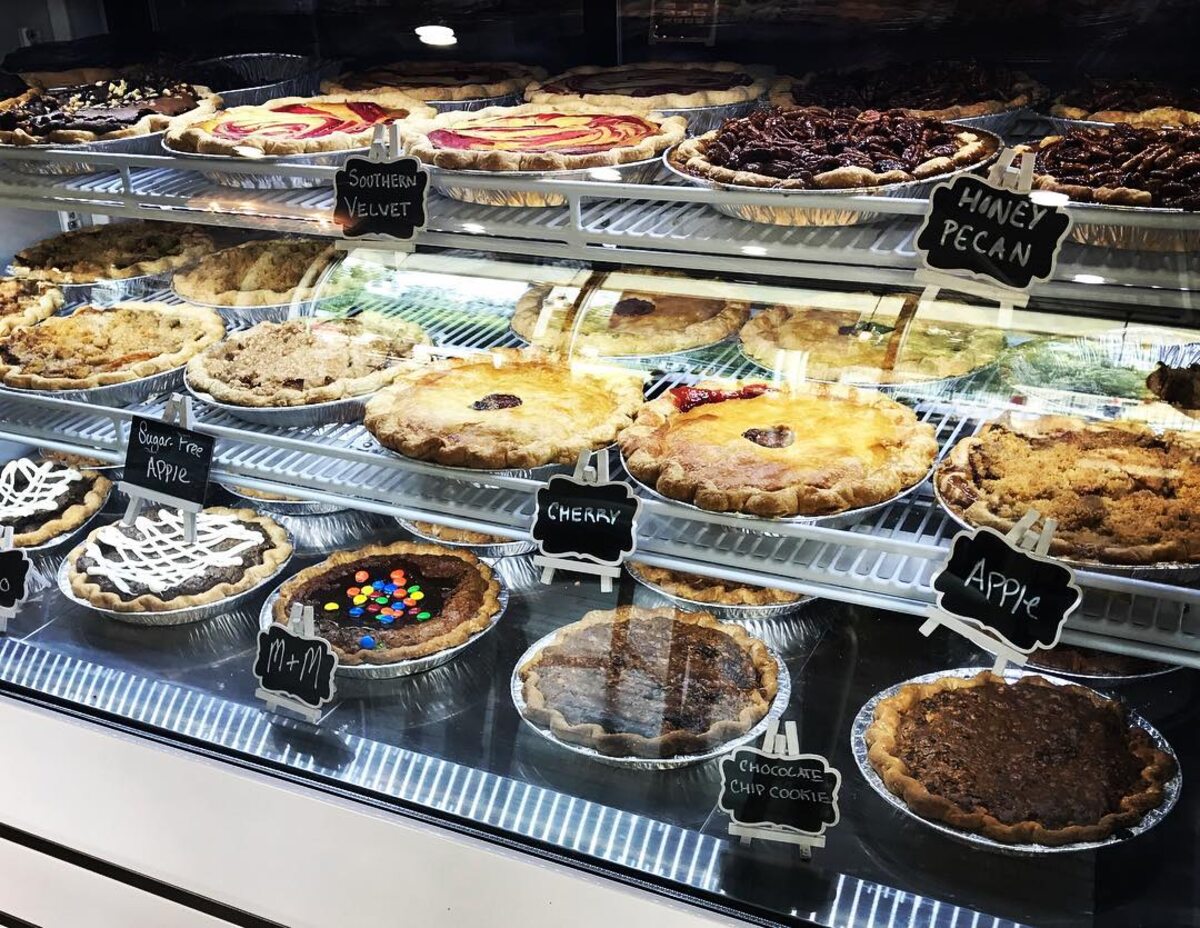


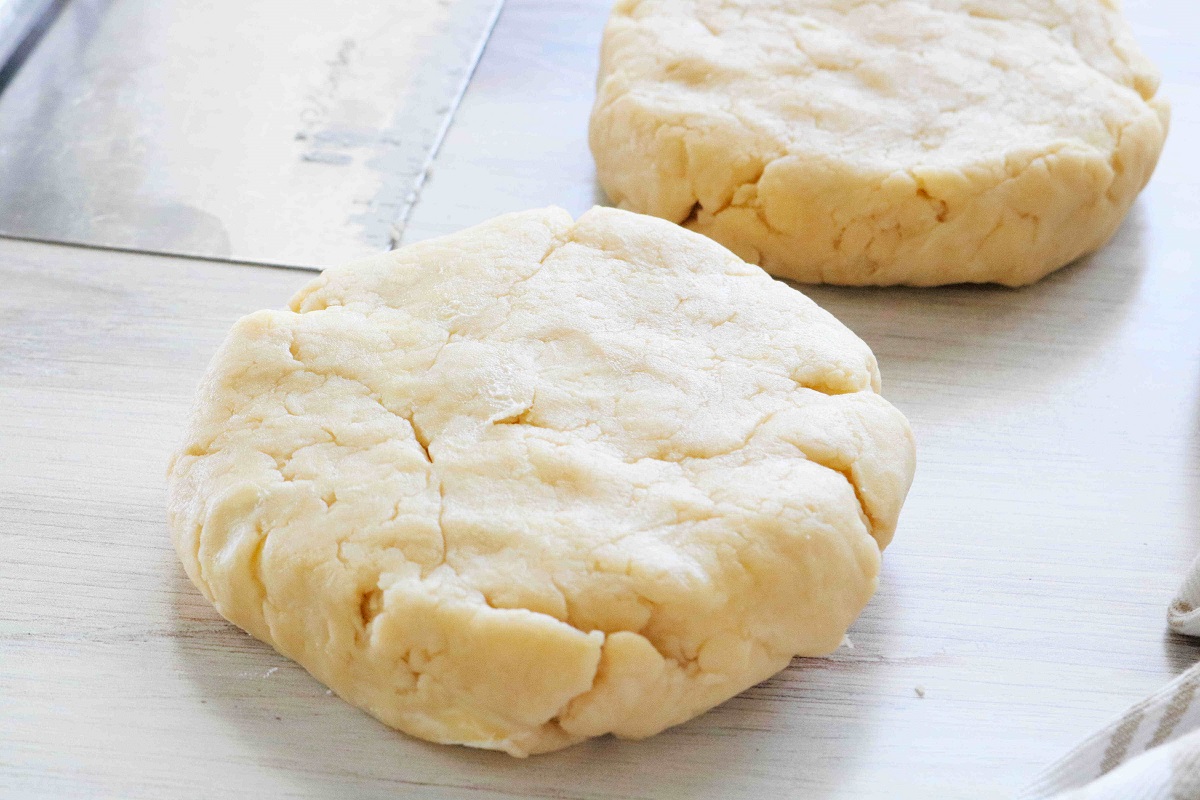
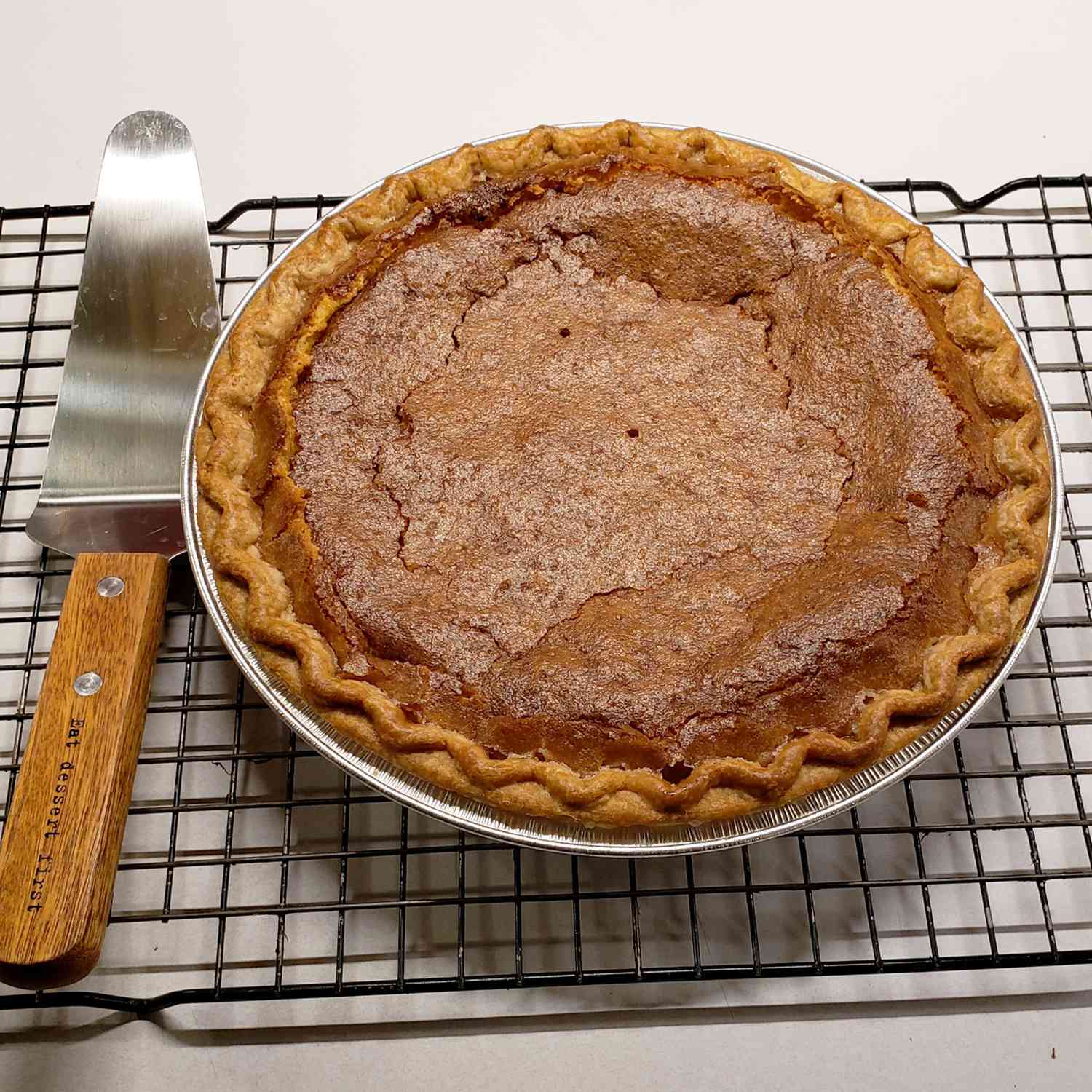
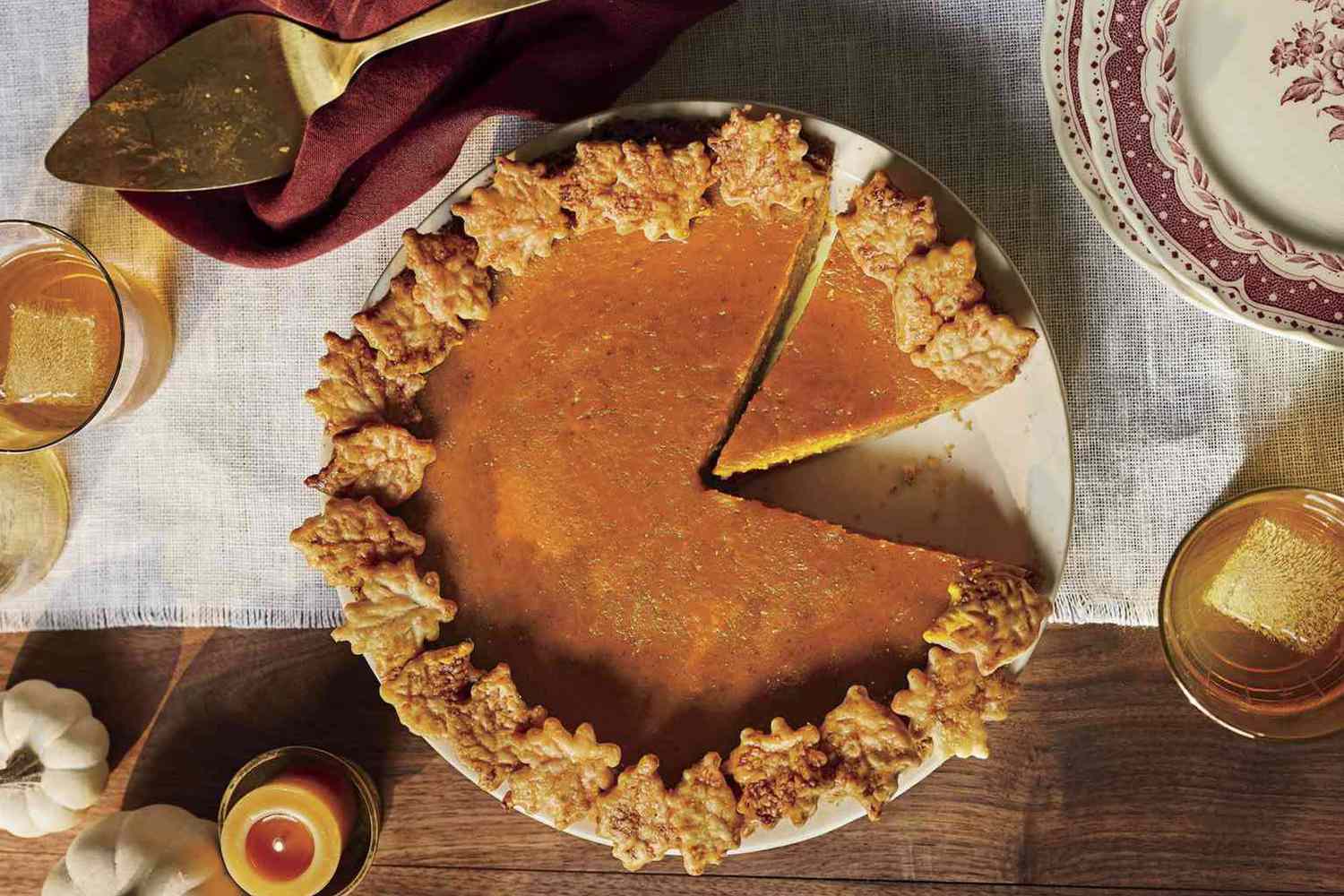
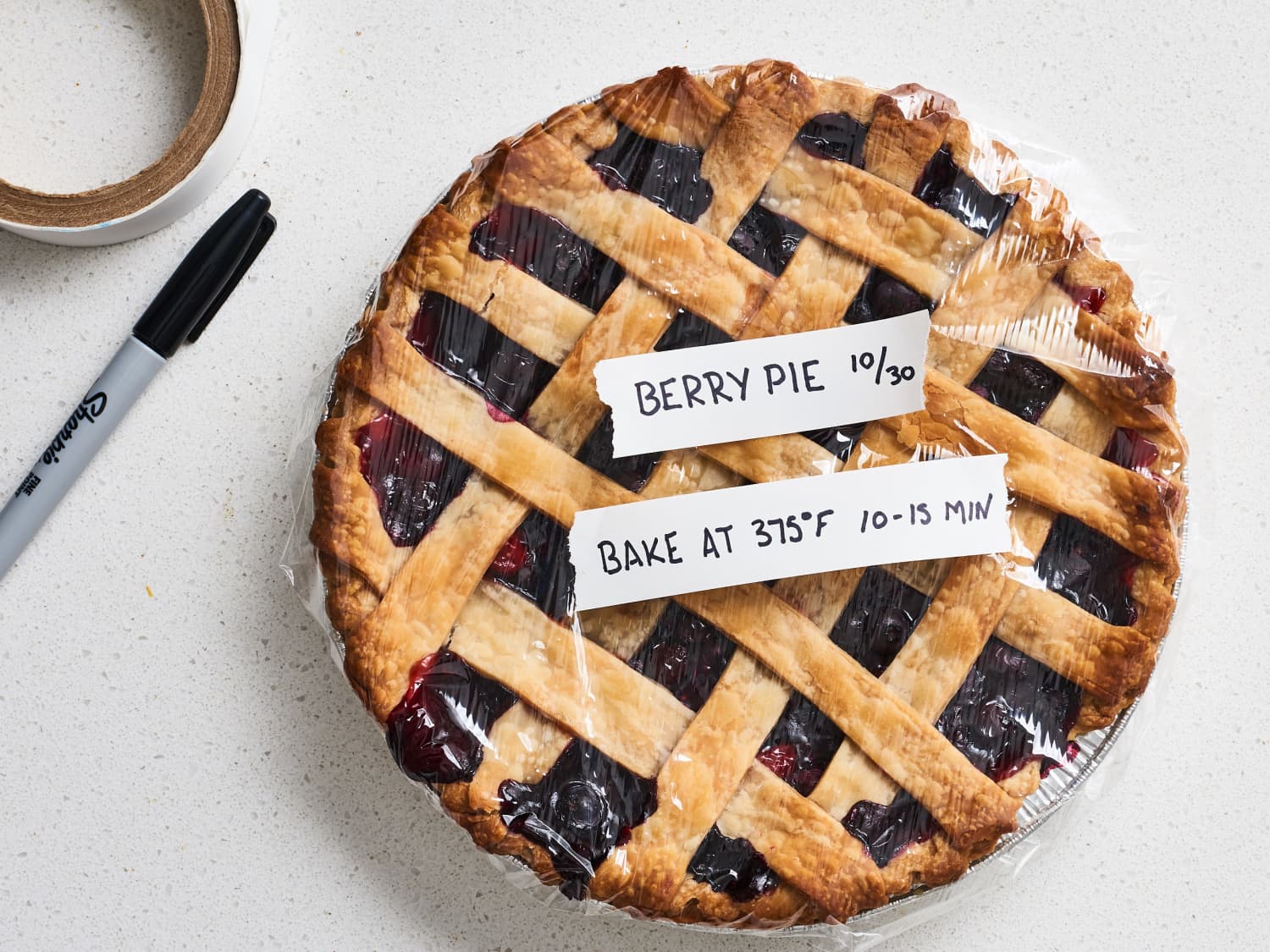
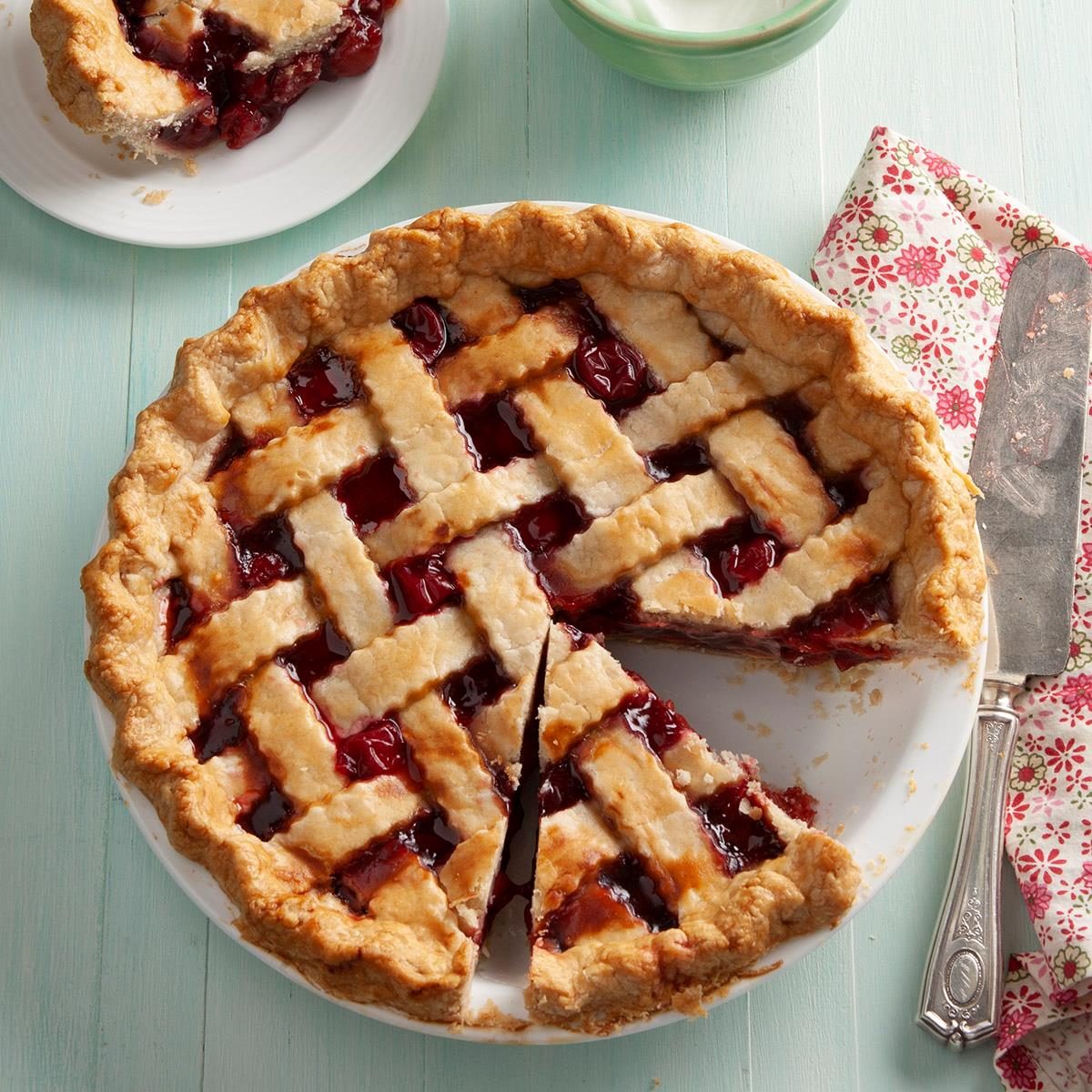
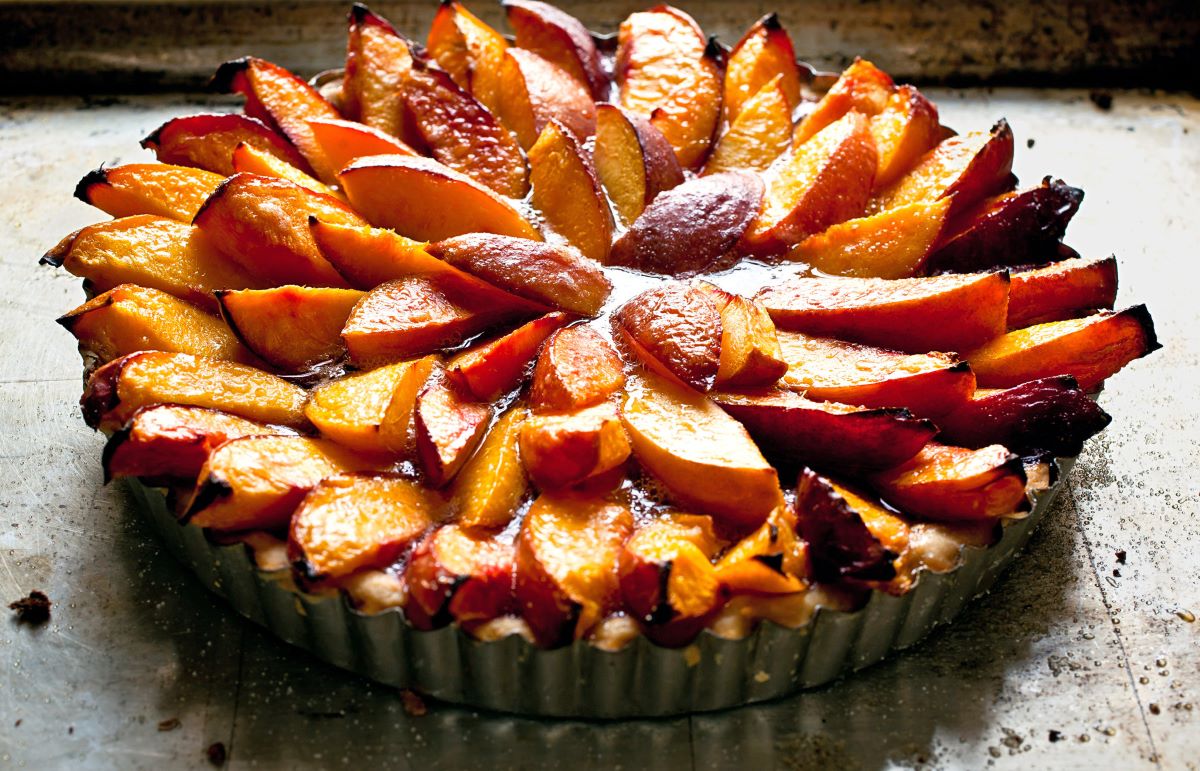
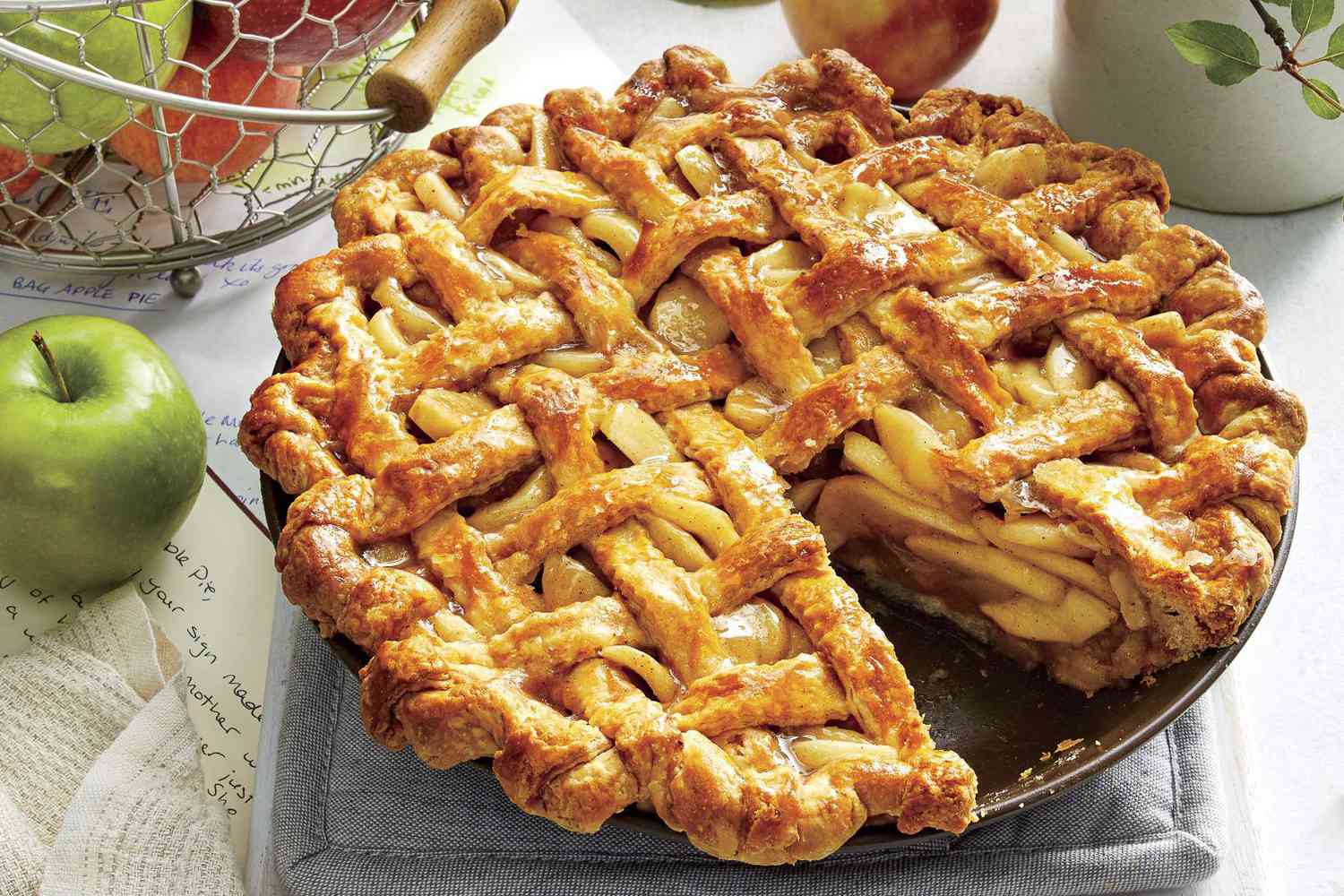

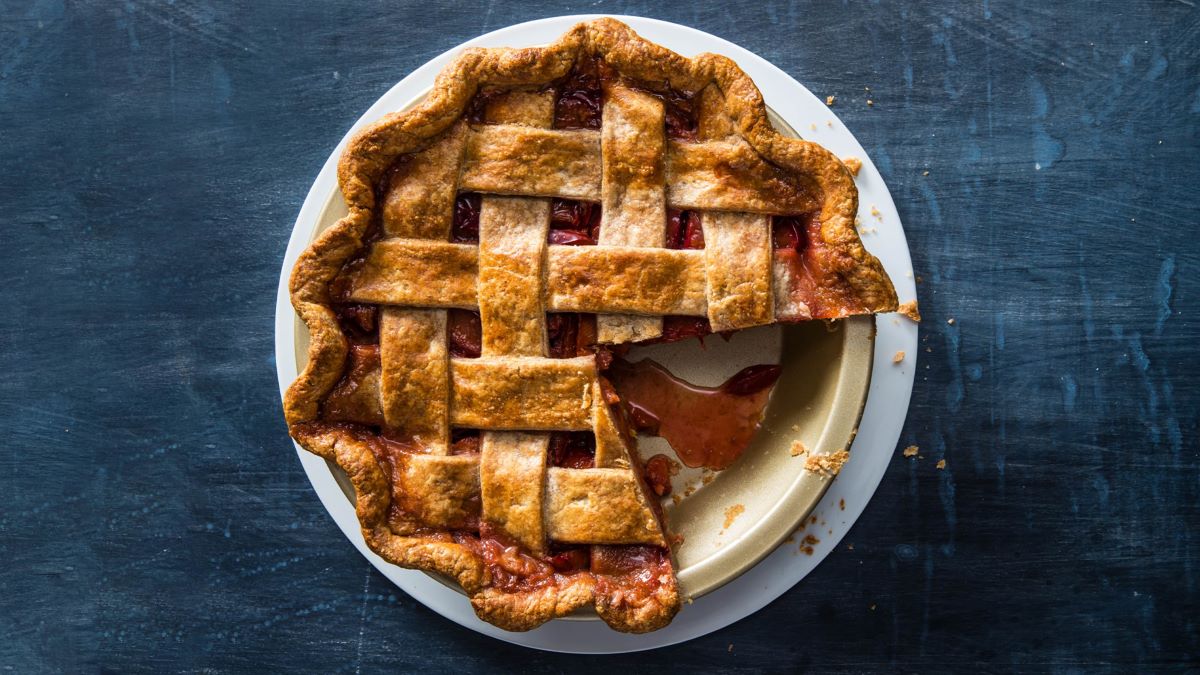

0 thoughts on “How To Store Homemade Pies”